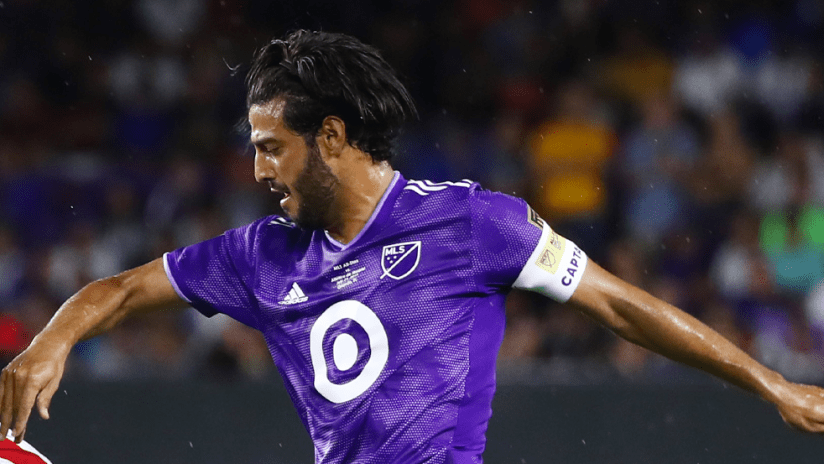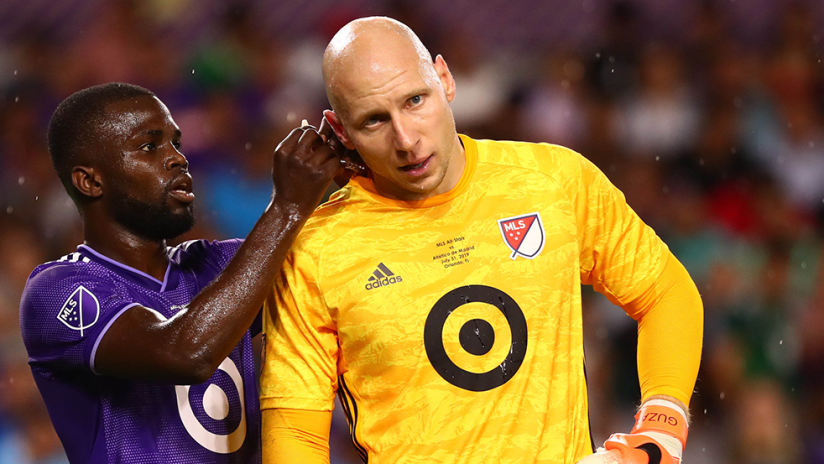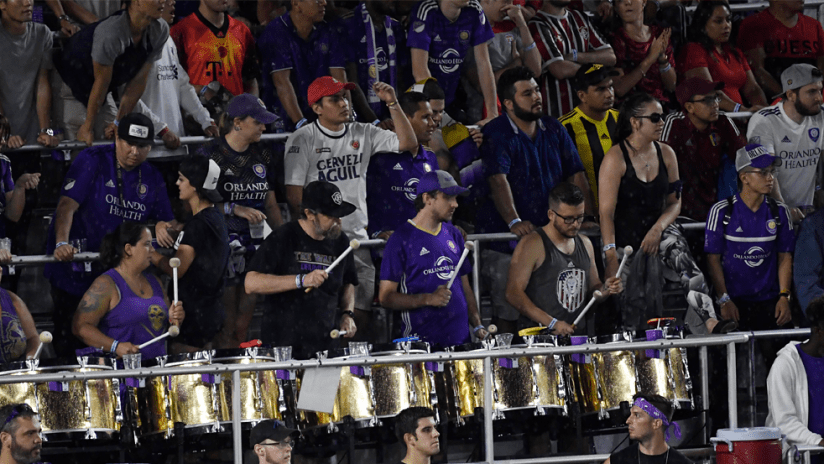When Orlando City SC was confirmed as the 21st MLS franchise on November 13, 2013, large parts of the country went “Huh?”
Hadn’t Florida already failed as a league proving ground, and weren’t there other Sunshine State cities with a more obvious soccer pedigree? How had a city with a fledgling USL team pushed itself to the head of a queue that contained New York, Atlanta and Los Angeles? They were fair questions.
Created in 2011 from a failed attempt to breathe soccer life into the city of Austin, Texas, (a city that itself would become a future MLS expansion market), the Orlando City club that began as a lower division operation and grew into the hosts of this week’s MLS All-Star Game presented by Target was — purely and simply — the right idea, at the right time, in exactly the right place.
For a city searching for an identity beyond theme parks, the idea of an exciting new sports franchise was intriguing, and one influential Mayor Buddy Dyer was quick to get behind.
He believed soccer was the ideal vehicle to attract a passionate following in a city with a young, urban demographic and a strong Latino base. And unlike the other Florida cities of Miami, Tampa and Fort Lauderdale, pro soccer had no previous history — for better or worse — in Orlando, so there was an opportunity to put down fresh roots.
In 2011, that was enough to lure owners Phil and Kay Rawlins to Orlando from Texas, where their lower division side had competed for three years in three different leagues as the Austin Aztex while incurring significant financial losses. They brought coach Adrian Heath with them.
Among the players who found themselves suddenly playing in a jersey that bore the name ‘Orlando’ instead of ‘Austin’ was goalkeeper Miguel Gallardo, Mexican by birth but a Texan by upbringing. He remembers the abrupt transition well.
“It was a scary moment for me, because Austin was where my family was,” he says. “I was pretty set there, but I was having a really good time playing for the Aztex. I had full trust in Adrian and Phil and Kay, so when they presented the opportunity to come to Orlando and be their first signed player, I wanted to see where it could take me.
“There was always the hope it could become an MLS franchise, but it was still risky. They had big dreams, and I went with my gut feeling that this could be a life-changing move for me, and that’s how it turned out.”
From player and two-time USL Championship winner, Gallardo – now 34 – has since moved on from his playing career to become the face and voice of the Lions on TV, a fresh, multi-lingual personality who fully reflects the Orlando vibe and can relate to all facets of the club.
And for Gallardo, the essence of Orlando City's club culture begin in the raucous ranks of The Wall behind the north goal at Exploria Stadium, a proud and unabashedly partisan group of supporters who fueled the team’s rocket-like rise in terms of off-field visibility and continue to be the vocal heart of the game-day experience.
It was those fans Phil and Kay Rawlins had in mind when they sat down in 2007 to draw up their Six Core Values for their club, including “Openly communicating with and caring about our fans,” and “Being a positive influence in our community.”
Those were the same values Gallardo took to heart.
“The aim was always to integrate the community as much as possible,” he explains. “I’m a true believer you have to give back to the community when you have a professional sports platform, and I think that part of the plan, to make the community feel this was ‘their’ team, is one of the reasons Orlando City is what it is.
“People here have a sense of ownership because everything we’ve been through, we’ve been through together. Because Phil and Kay put so much into the community, it became a life-changing experience for many people, going to games as families and discovering this new experience. When the team pleaded its case for tax dollars before the county, hundreds of people turned up to support them. It truly felt like a community-based club.”
From inception in 2011, the team’s growth was exponential but organic. The arrival of new majority owner Flavio Augusto da Silva in 2012 helped overcome some budgetary struggles the year prior and tilted the financial scales firmly in the team’s favor.
From there, it was full speed ahead to MLS, with the team playing its opening match in the top flight less than four years later.
When looking back at such meteoric — albeit obstacle-strewn — growth now, it feels like a logical progression in the context of the league’s continued expansion. Hindsight can be deceptive, however.
“I think there was this false ideation that this is just a tourist town,” Gallardo concludes. “It’s almost like people were wanting something different, something more than the [NBA's] Orlando Magic, and everything happened really quickly. From four years in USL to building a soccer-specific stadium downtown, Orlando has been kind of a blueprint for teams that have come into the league since.
“The fact the All-Star Game is here is a testament to how vibrant, electric and passionate the community is, not just about Orlando City but about Orlando itself. For me, that’s truly special.”
Simon & Susan Veness are authors of Defying Expectations: Phil Rawlins & The Orlando Soccer Story (University of Nebraska Press).












